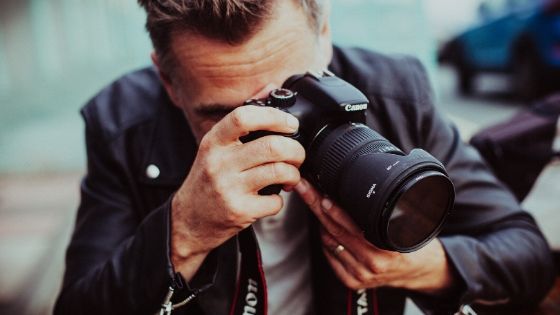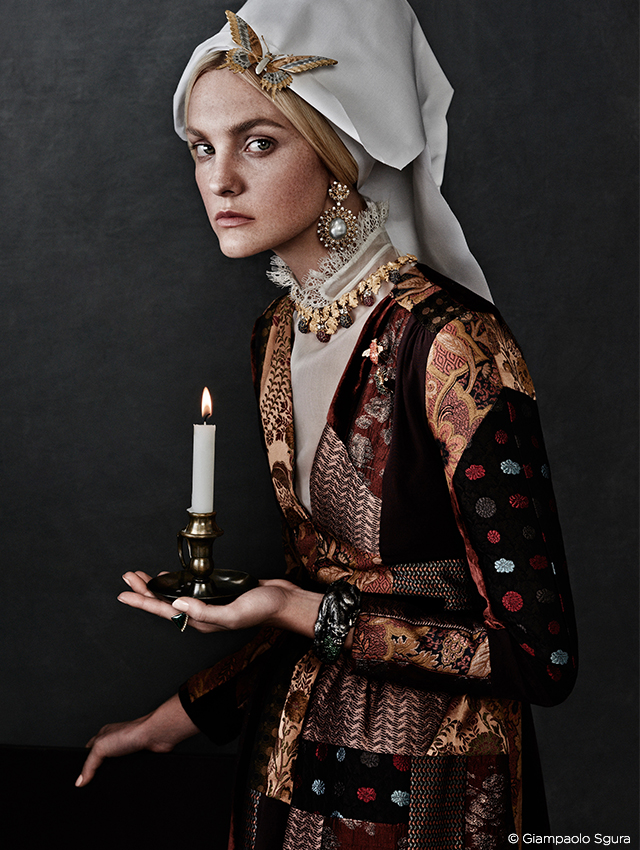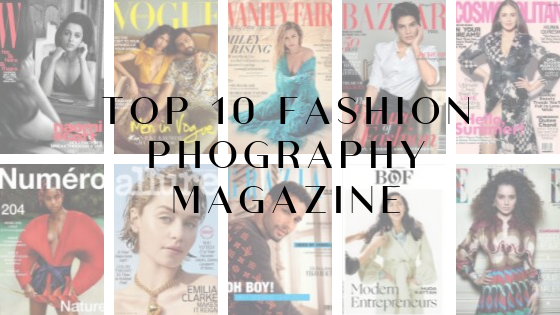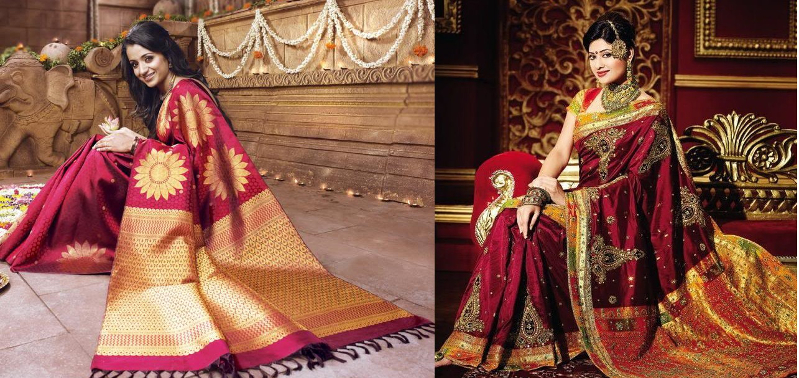If you are a connoisseur of excellence and are looking for nothing but the best, then today we have a treat for you. We present to you the best of the best. We bring to you photographers who have left an indelible mark on the photography world. It is said that old is gold and we are sure that once you see the works of the photographers in this list, you will surely agree to this. We present to you a list of the best classical photographers that the world has ever known.
Henri Cartier-Bresson (1908-2004)
The picture takers’ picture taker, Cartier-Bresson hugely affected current photojournalism and its foundation as a work of art. His accomplishments included helping to establish the Magnum office in 1947 and he exceeded expectations at narrative, picture and scene work. His idea of catching an occasion at ‘the definitive minute’ has been enormously compelling.
Take a look at some photography done by Henri Cartier-Brensson
Ansel Adams (1902-1984)
Seemingly one of the best ever scene picture takers, Adams dismissed painterly styles to make what he called ‘a somber and blasting verse of the genuine.’ Co-originator of the Zone System for precisely computing introduction, he’s most popular for his dark and white pictures commending the characteristic glory of Yosemite National Park.
You can see some of the work done by Ansel Adams
Sebastiao Salgado (1944)
Salgado is a whiz of present day photojournalism. He initially examined financial aspects, however took up a vocation in photography in 1973. His epic-scale dark and white work has especially centered around social foul play and destitution and during the previous 45 years has done various major long haul global undertakings.
Gallery of photographs by Sebastiao Salgado
Julia Margaret Cameron (1815-1879)
Cameron was one of the principal picture takers to investigate photography’s potential as an expressive artistic expression. Working in the mid-nineteenth century, she made an assortment of work on glass plate negatives that included both loved ones and celebrated Victorians, for example, researcher Sir John Herschel and the artist Alfred, Lord Tennyson.
Get to know more about Julia Margret Cameron
Irving Penn (1917-2009)
Adored in photographic circles, Penn fundamentally shot design, representation and still life for prominent article and business customers. Carefully lit and formed, his pictures get their capacity from their meager condition and straightforwardness. Notable pictures incorporate representations of Picasso and Truman Capote and design pictures of his supermodel spouse, Lisa Fonssagrives.
Don McCullin (brought into the world 1935)
Albeit most popular for pictures delineating the ruthless truth of war in Vietnam, Cyprus and Cambodia, McCullin’s universally applauded work remembers narrative pictures for his local England and dull, testy scenes. Courageous and undeterred in his quest for a story, he was knighted for administrations to photography in 2017.
Bill Brandt (1904-1983)
Brandt, who was conceived in Germany yet settled in England, brought his own unmistakable style of photography to a scope of kinds. Beginning during the 1930s, His work included social narrative pictures of rich and poor, air and emotive scenes, restless, disrupting representations and twisted, extraordinary wide-point naked examinations.
Margaret Bourke-White (1904-1971)
He as ‘Maggie the Indestructible’, Bourke-White was the primary female war journalist and Life magazine’s first female photojournalist. She shot wartime firestorms in Moscow and the arrival of death camp detainees. Afterward, she was the primary outside picture taker permitted to take photos of the Soviet five-year plan and recorded viciousness during the segment of India.
Cecil Beaton (1904-1980)
Beaton was one of the extraordinary picture and design photographic artists of the twentieth century. Captivated by marvelousness, polish and style, he made an abundance of pictures for magazines including Vogue and Vanity Fair from the 1920s-70s. His inventive gifts reached out to ensemble and set plan for films and theater creations.
Cecil Beaton Gallery of photographs
Robert Capa (1913-54)
Capa was a Hungarian photojournalist and fellow benefactor of Magnum Photos. During his vocation he secured five unique clashes including the Spanish Civil War and is particularly well known for his instinctive pictures of the D-Day arrivals in 1944. He was executed when he stepped on a landmine while covering the First Indochina War.
Photography done by Robert Capa
Alfred Stieglitz (1864 – 1946)
Stieglitz was a goliath of photography and a significant pioneer of the medium. During the 1890s he made the disputable contention that photography was an artistic expression as significant as painting or model. He proceeded to turn into a supporter of ‘straight’, un-controlled photography and a resolute advertiser of other picture takers’ work.
Eve Arnold (1912-2012)
Albeit popular for her representations of social symbols including Marilyn Monroe, Arnold was a photojournalist and an individual from Magnum Photos for more than 50 years. Liking to work in characteristic light, she shot a wide scope of work from the peculiar to the genuine, including photograph articles on the social equality development and agrarian laborers.
Bruce Davidson (brought into the world 1933)
A significant American narrative picture taker, Davidson focused on outcasts and underestimated bunches in the public eye. He increased a close knowledge into their lives by submerging himself in his subjects, regardless of whether they were adolescent groups in Brooklyn, bazaar performers, or the occupants of a solitary square in Harlem.
Joel Meyerowitz (Born 1938)
Meyerowitz started his photographic profession as a trailblazing road picture taker in the mid ’60s before going to huge arrangement compelling artwork work with the top of the line book Cape Light. He has distributed in excess of 20 books, including Aftermath, a collection of work recording Ground Zero after the psychological oppressor assaults on the World Trade Center in 2001.
Photography by Joel Meyerowitz
Dorothea Lange (1895-1965)
Lange was a spearheading American narrative picture taker and photojournalist. Despite the fact that she had a picture studio in the early piece of her vocation, she went to recording the jobless and destitute in the Great Depression of the 1930s. Her most celebrated picture, Migrant Mother (1936) shows a destitution stricken lady and her youngsters.
Photography gallery Dorothea Lange
Arnold Newman (1918-2006)
Newman started shooting pictures during the 1930s, wanting to work in his subjects’ home or work environment to give additional knowledge into their life and character. This methodology, capricious at that point, prompted Newman being viewed as ‘the dad of ecological photography.’ His most acclaimed pictures are of Igor Stravinsky and Pablo Picasso.
Edward Weston (1886-1958)
Edgerton was an electrical designer who concocted the main electronic blaze. He likewise made an enormous number of dazzling rapid glimmer photos demonstrating things actually never observed. They incorporated a projectile going through an apple, feathered creatures in mid-flight or numerous glimmer shots of sportsmen or artists in real life.
Edward Steichen (1879-1973)
Steichen is viewed as the dad of current style photography and before World War II was the most generously compensated picture taker on the planet while for Vogue and Vanity Fair. In the post-war period, he turned into a compelling display keeper and was answerable for one of the most acclaimed photography shows ever, The Family of Man (1955).
Photography works of Edward Steichen
William Eggleston (1939)
Eggleston, is an American picture taker who praises the exceptional in the regular. His ‘depiction’ style, joined with his utilization of shading soaked color move printing strategies, raised common subjects to the degree of craftsmanship. He’s presently credited as being one of the key picture takers whose work helped shading photography become an acknowledged artistic expression.
Photography by William Eggleston
Elliot Erwitt (brought into the world 1928)
Erwitt is an American publicizing and article picture taker who is commended for his own work. It ranges from delicate investigations of family life to clever, wryly amusing road pictures. His preferred subjects remember individuals for sea shores and in exhibition halls and he has created a few books of his mainstream hound photos.
Photography gallery by Elliot Erwitt
Robert Frank (1924-2019)
Blunt began as an article and business picture taker, however his 1958 distributed his fundamental book of narrative photography, The Americans. Made on an excursion around the nation, it gave an individual, untouchable’s perspective on its kin. It was offbeat in style and strategy, yet was gigantically powerful. He later went to film-production and self-portraying photography.
Photography gallery of Robert Frank
Philippe Halsman (1906-1979)
Halsman spent significant time in pictures and design and he worked for prominent magazines including Vogue and Life. Style, panache and visual imaginativeness were integral to his work and he shot significant figures of his period including Albert Einstein and Winston Churchill. His most popular picture is his dreamlike perfect work of art, Dali Atomicus.
Photography works of Philippe Halsman
Man Ray (born Emmanuel Radnitzky) (1890-1976)
Man Ray was a painter, movie producer and stone carver just as an inventive and creative picture taker who wanted to break set up ‘rules’. Affected by Surrealism, his most popular pictures were made utilizing solarisation or cameraless photography, for example, photograms. His imaginativeness and experimentation took photography to another innovative level.
Horst P Horst (1906-1999)
Known for his long relationship with Vogue magazine, the German-conceived Horst shot design, representations, nudes and still life photos that had a solid feeling of style and polish. His most well known picture is Mainbocher Corset (1939), a standout amongst other realized style pictures of the twentieth century.
Photography gallery of Horst P Horst
W. Eugene Smith (1918-1978)
Determined in his quest for a story, Smith shot on the cutting edge in World War II before turning into a key figure in the advancement of the photograph exposition. His work incorporates Country Doctor for Life magazine, however his most popular photograph paper is a milestone two-year venture reporting the modern city of Pittsburgh, Pennsylvania.
These are worlds all time best 25 photographers. Professional photography is not a tough thing. If you have interest you have various opportunities. Thank you for reading. Have a nice day.
Photography works by W Eugene Smith



